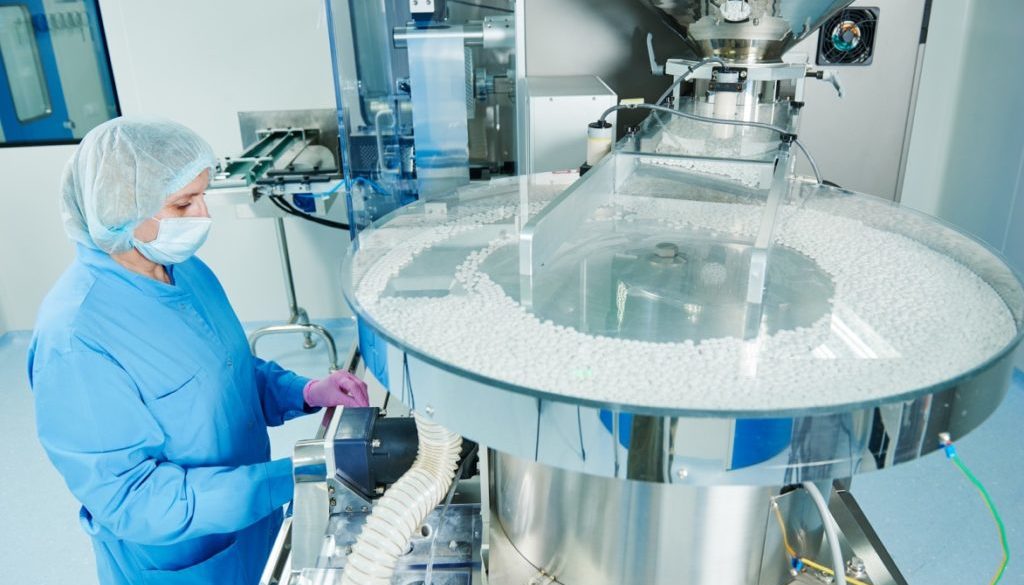Source: Link Testing Instruments Co.,Ltd.

Significance of testing
The sealing of drug packaging is a key link to ensure the quality, safety and effectiveness of drugs. Whether it is glass packaging (such as infusion bottles, vials) or oral packaging (such as blister packaging, composite film bags), its sealing performance directly affects whether the drug leaks, is contaminated or fails during transportation, storage and use. Through standardized sealing tests, the integrity of the packaging system can be verified, the drug risks caused by packaging defects can be reduced, and the compliance requirements of the "Chinese Pharmacopoeia" and industry standards can be met.
Testing standards and technical requirements
For different packaging forms, industry standards have clarified specific testing methods and parameters:
Glass infusion bottles, ampoules, injection bottles (vials):
According to YBB 00052005-2015 and GB15810-2019, micro-leakage must be detected by vacuum decay method or negative pressure method. For example, the body tightness of a sterile syringe requires the negative pressure to be pumped to 27kPa to observe the separation of the piston and the core rod or the leakage of the sealing ring.
Cartridge bottles, multi-layer co-extruded infusion bags, prefilled syringes:
YBB 00062002-2015 and YBB 00082002-2015 stipulate that the positive pressure/negative pressure method and the microbial challenge method must be combined to simulate the sealing performance in actual use scenarios.
Composite film bags, blister packaging, low-density polyethylene bags:
GB/T 15717 and YBB 00102002-2015 require the use of bubble method or color water method, by vacuuming to 30-90kPa, observe whether there are bubbles escaping or dyeing liquid infiltration.
Aluminum cans, medical plastic bottles (oral liquid/solid):
YBB 00092002-2015 and YBB 00262002-2015 clearly stipulate that the vacuum holding test (such as 27kPa vacuum, maintained for 2 minutes) must be passed, combined with torque detection to ensure the sealing of the bottle cap.
Sterile syringes:
Appendix D of GB15810-2019 requires testing the leakage risk of the piston and the sealing ring under negative pressure, and the pressure range (0 to -90 kPa) and pressure holding time must be precisely controlled.
Technical practice
Application of LTY-01 sealing tester
The LTY-01 sealing tester developed by Link Testing Instruments Co., Ltd. is based on the principle of vacuum pressure difference method and is suitable for sealing detection of various packaging forms. Its core features are as follows:
Detection principle:
The vacuum tank is evacuated to form a pressure difference inside and outside the sample, and the bubble escape or deformation recovery is observed to determine the sealing performance.
Core parameters:
Vacuum range: 0~-90kPa, supports multi-speed adjustment (such as 27kPa, 50kPa, etc.).
Pressure holding time: 0.1~999999s.
Vacuum resolution: 0.01kPa, meeting the needs of high-sensitivity detection.
Adaptability: Standard Φ270×210mm vacuum tank, supports customized large-size tanks (such as Φ460×330mm), and is compatible with glass bottles, soft bags, syringes and other packaging.
As the core part of drug packaging quality control, the scientificity and standardization of sealing test are directly related to the safety and compliance of drugs. By following GB/T 15717, YBB series standards and GB15810-2019, and combining the standardized operation of high-precision equipment, pharmaceutical companies can effectively improve the sealing reliability of packaging systems, ensure the stability and safety of drugs throughout their life cycle, and promote high-quality development of the industry.
For more details please visit www.linktesting.org